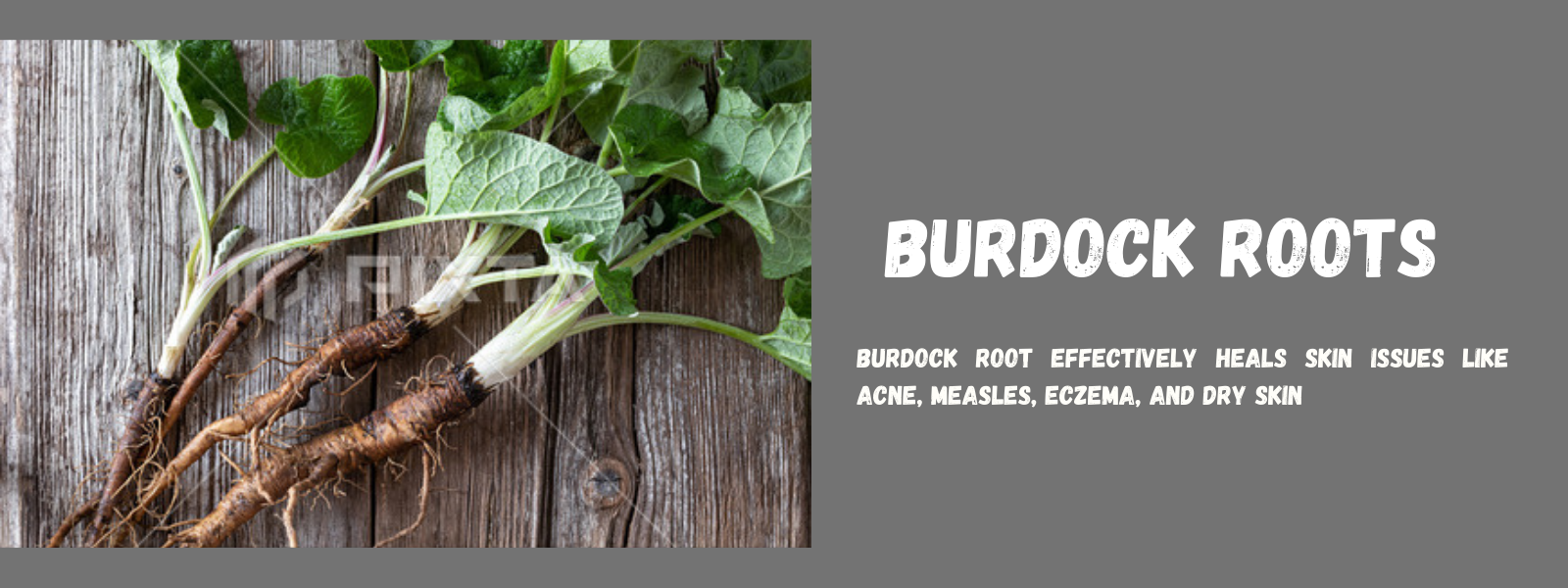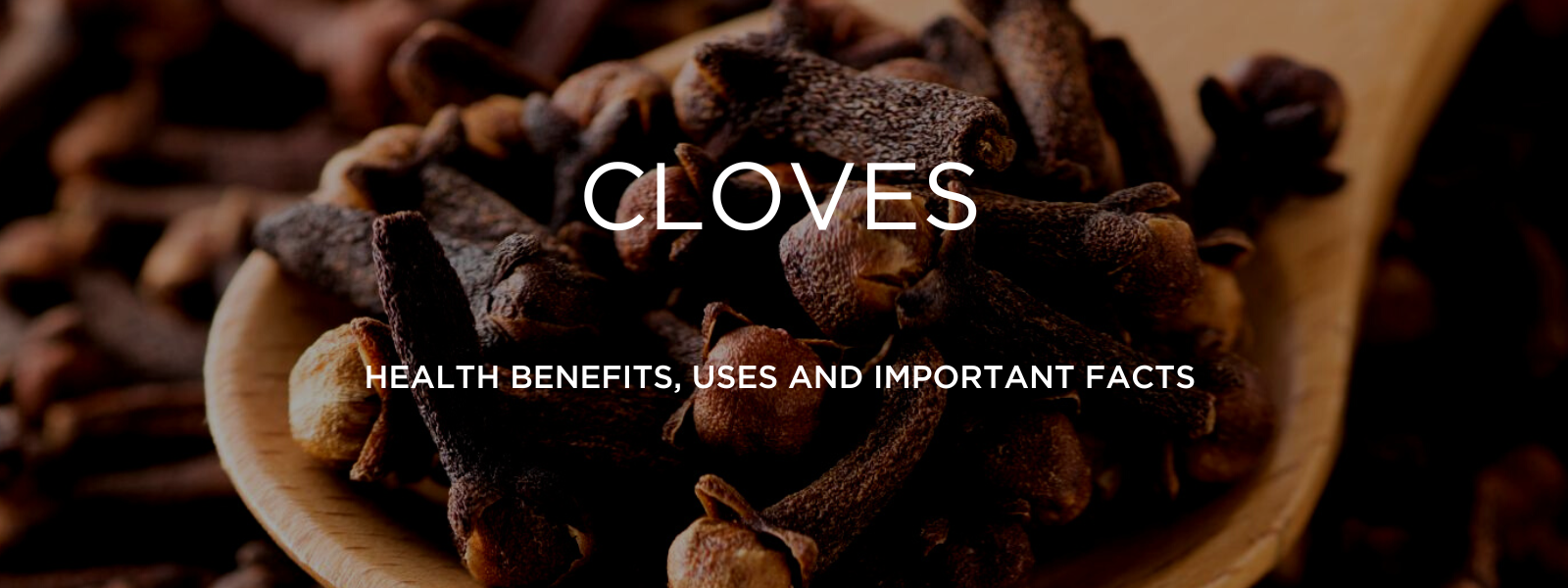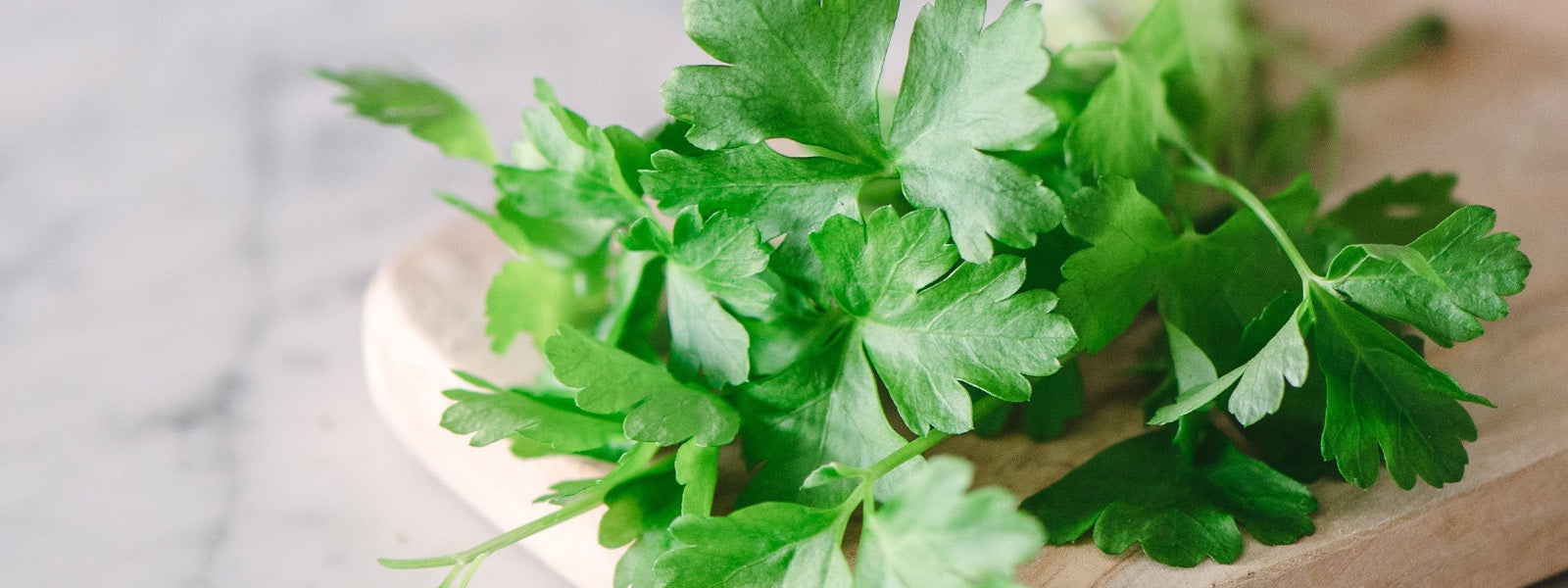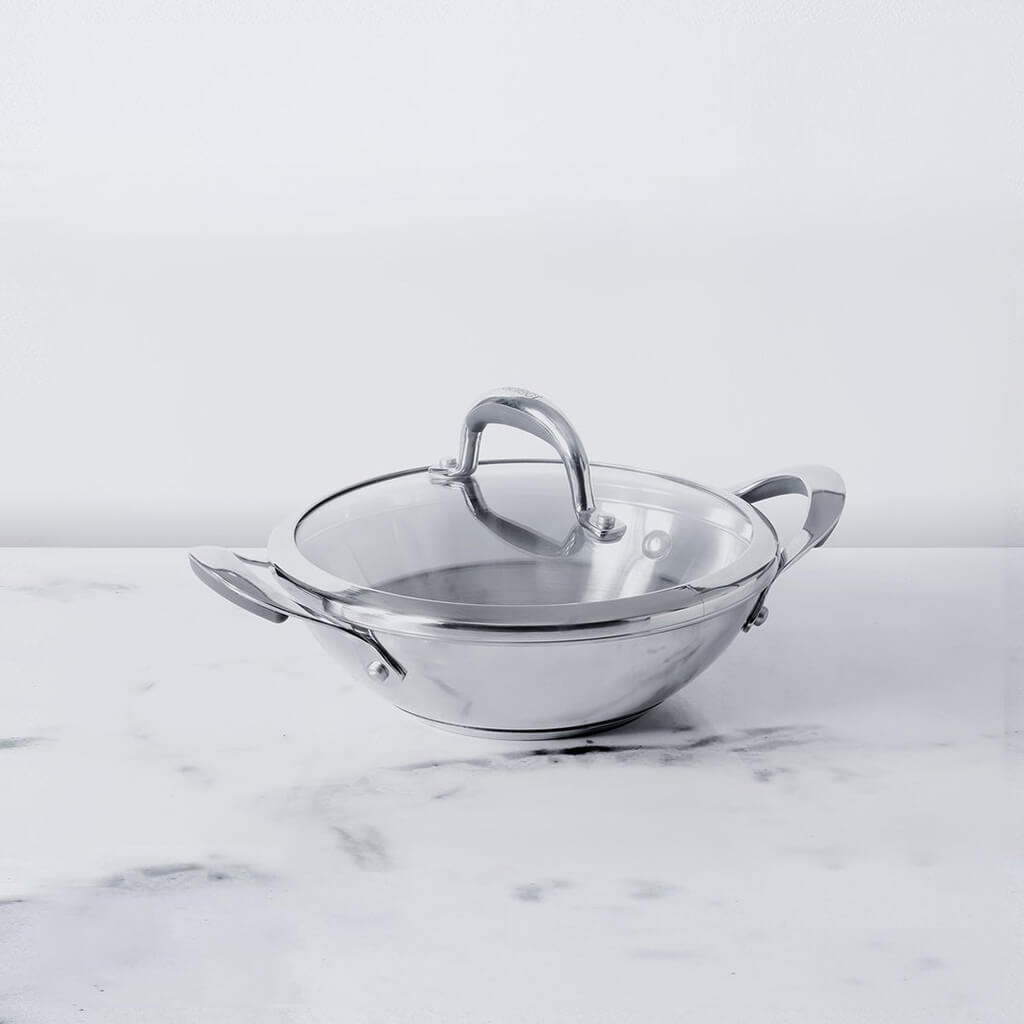Goldenseal has historically been used by Native Americans to cure a range of illnesses, including sore or itchy eyes, mouth ulcers, and even tuberculosis. Today, individuals use it to treat a wide range of illnesses. Goldenseal's scientific name is Hydrastis Canadensis L. Yellow root is another name for goldenseal.
Table of Contents
The term "goldenseal" refers to the plant's brown and yellow roots. Small blooms, ragged 5-lobed leaves, and a small fruit make up the rest of the plant.
Plant description of goldenseal:
Goldenseal is a little plant with a single hairy stalk. It features two angular, five-lobed leaves, tiny blooms, and fruit that resembles raspberries. The twisted, wrinkled, brilliant yellow or brown rhizome, or root, has a harsh taste. In the northern United States, goldenseal can be found growing wild in rich, shaded soil, although it is now primarily farmed on farms.
Has goldenseal been around for long?
The root of the goldenseal plant has been used for centuries. Native Americans really employed the root to treat a variety of common illnesses. The numerous issues that goldenseal was claimed to treat included eye irritations, stomach issues, and skin ailments. The Iroquois tribe taught the European settlers about the medicinal benefits of goldenseal when they first arrived in the region. As a result, throughout the 19th century, the herb grew in popularity. A well-known herbalist also hailed it as a panacea.
Goldenseal has received extensive marketing in the natural herbs and health sectors in recent years. Numerous herbalists advocate it as one of the best items you can get due to the numerous health benefits that have been described. As a result, it has recently gained increasing popularity, which has led to an increase in price.
Folklore and history of goldenseal:
Native Americans in the northeastern United States have used goldenseal as a medicine for a very long time. The Cherokee used it as a tonic and wash for skin sores and inflammations, as well as a therapy for dyspepsia (indigestion), to enhance appetite, and general debility. The Iroquois used a root decoction as an emetic for biliousness as well as a therapy for whooping cough, diarrhoea, liver problems, fever, digestive problems, flatulence, and other ailments. They also made a compound infusion with additional roots that could be used as a wash for itchy eyes and as drops for earaches. It was used to keep insects away when combined with bear's grease. Native Americans valued the yellow roots for their use as a dye and stain.
In 1760, goldenseal was introduced to Europe. It was a favourite of Thomsonian and Eclectic practitioners in the 19th century and was included in the United States Pharmacopoeia until 1926. It is now grown all over the world due to its medicinal properties.
Health benefits of goldenseal:
- Boosts Immune System
Goldenseal has a long history of conventional use for treating a variety of infections, and it is now discovered to contain the potent plant alkaloid berberine.
It has been demonstrated that berberine boosts the immune system by triggering the macrophages that consume dangerous microorganisms. In a process known as phagocytosis, macrophages, a type of white blood cell in the immune system, engulf and digest cellular waste, foreign objects, bacteria, and anything else that lacks the kinds of proteins unique to healthy body cells on its surface.
Additionally, berberine's inherent antibacterial, antiviral, and antifungal properties have been demonstrated to hinder bacteria's ability to adhere to human cells.
- Digestive Health
As a "bitter herb," goldenseal encourages the development of stomach acid and enzymes, preparing the digestive tract for the best possible absorption of nutrients from food.
In addition to promoting digestive juices, goldenseal balances the microbiome. The good bacteria contribute significantly to the digestive process by converting food into useful energy. The amount of good bacteria in a healthy gut outweighs that of pathogens. A course of antibiotics, stress, and a poor diet can, however, upset the balance and let the "bad bacteria" run amok.
"Selective microbial inhibition" is one of Goldenseal's advantageous effects on the microbiome. In other words, this herb's plant alkaloids, including berberine, suppress the growth of harmful pathogens while promoting the growth of helpful bacteria.
Goldenseal has a potent anti-inflammatory effect that can heal and preserve the gut and digestive tract while relieving constipation, bloating, and cramps.
- Heart Wellness
Due to the active components of goldenseal, especially its star phytonutrient "berberine," the heart is well-protected and supported. Arrhythmias and heart palpitations can be treated with berberine, which also helps to maintain normal heart rhythm.
Additionally, it possesses vasodilating effects, which relax and widen blood vessels to support a healthy blood pressure level.
- Skin Care
Acne, eczema, and psoriasis are just a few of the skin conditions that Goldenseal can treat because of its potent antioxidant and anti-microbial characteristics. Additionally, ringworm, herpes, blisters, and sores have all been successfully treated with it.
Poultices produced from goldenseal can be administered directly to problem regions, or the herb can be found in creams, salves, and ointments.
In addition to being excellent for disinfecting and mending wounds, goldenseal can be used to gently treat cuts and bruises and hasten the healing process in place of stronger skin disinfectants.










Leave a comment